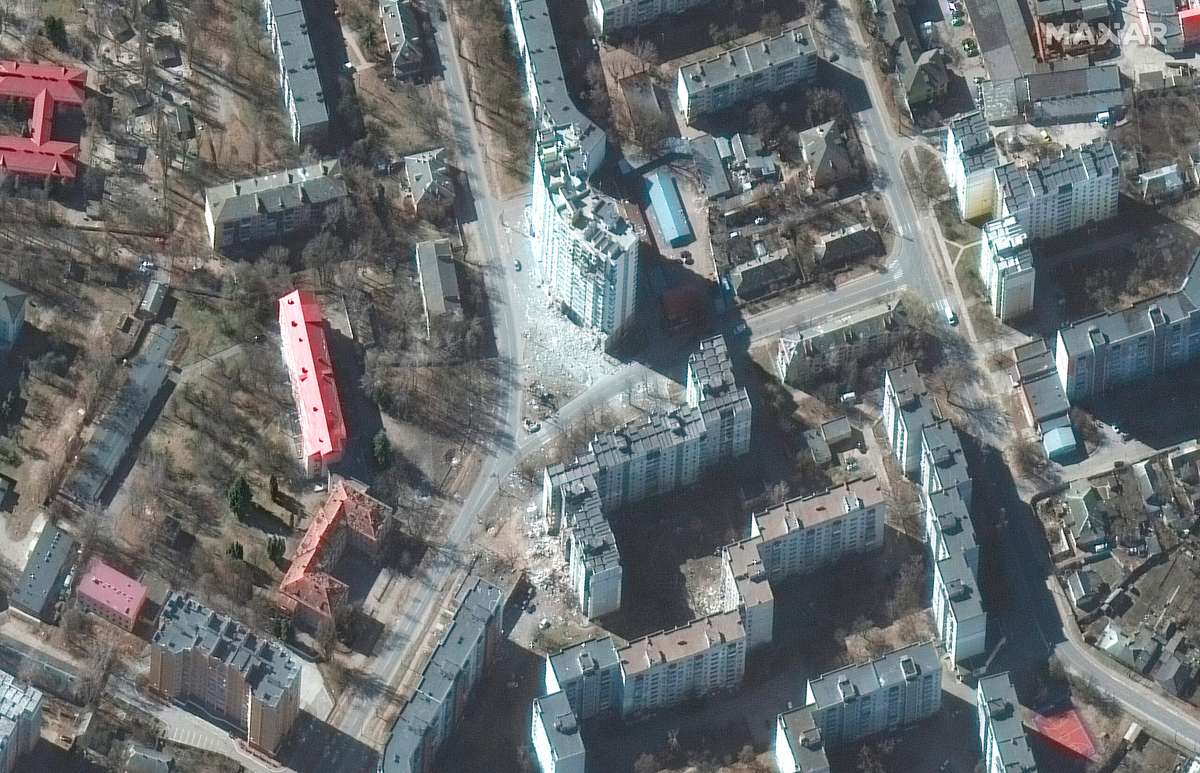
Reporting Methodology
The Associated Press and FRONTLINE examined video, photographs, audio, eyewitness accounts, news stories and official documents for evidence of war crimes. The sources included AP journalists on the ground; other news organizations; social media posts; international human rights organizations; the Ukrainian military and government; and local nongovernmental organizations.
AP and FRONTLINE gathered information from organizations including the Centre for Information Resilience, Bellingcat, The Reckoning Project, the International Partnership for Human Rights, the Ukrainian Healthcare Center and Physicians for Human Rights.
We consulted with experts in war crimes verification and prosecution to help discern collateral damage, which doesn’t constitute war crimes, from violations of international law, which often do.
For reports not witnessed by AP journalists, a team of reporters worked to verify the events. Reporters used a variety of tools to geolocate images posted on social media, compare them to earlier photographs or satellite imagery, and confirm their veracity. Journalists sought out corroborating social media posts and published witness accounts and interviewed additional witnesses to the events. Reporters also looked for official confirmation of attacks from an array of sources, including the Ukrainian and Russian military and governments, as well as international organizations, such as the United Nations. Only after an event was independently verified by the AP did we include it in War Crimes Watch Ukraine.
AP and FRONTLINE tracked evidence by event or attack. Individual events could eventually spawn multiple criminal charges. For example, the March 16 airstrike on a theater in Mariupol is listed as a single event, but could spawn hundreds of war crimes charges as an estimated 600 people were killed.
For these reasons the findings in War Crimes Watch Ukraine will not line up with war crimes numbers cited by Ukrainian or international war crimes prosecutors.